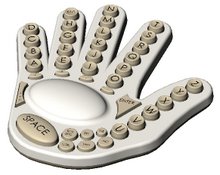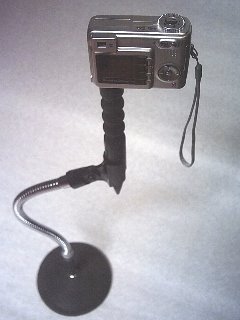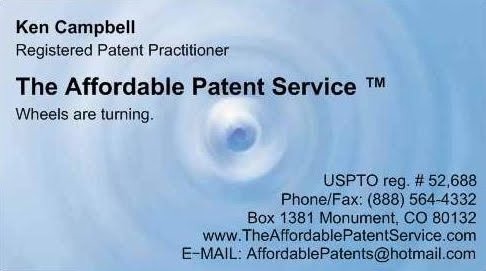As far as the United States Patent and Trademark Office (USPTO) is concerned, you may publicize an original invention for up to a full year, before filing for a patent. This is known as the “first-to-invent” method of determining ownership for patent rights. You don’t need to be the first one to file for a patent on an invention in the U.S. to be the one who eventually receives that patent. While it is almost never a good idea to wait on establishing some type of protection for your invention, the USPTO gives you the benefit of more options.
Most other countries use what is called the “first-to-file” method, which grants intellectual property (IP) rights to the first one who files a patent application for a particular invention. Although the American method can make things very confusing, it does a fairly good job of ensuring rightful ownership of original inventions. This means, in general terms, that there is no real requirement for secrecy, within the year prior to filing for a patent in the United States of America.
You may wonder why people would want to publicize their inventions before they acquire legal protection for them. It seems counter-intuitive. Well, when you publicize something new (assuming that you disclose enough information to make it obvious to other people), it becomes legitimate proof, for all to see, that you were in possession of that knowledge before anyone else. In fact, publicizing an idea can be far more powerful than keeping it secret.
Why? Because, you effectively eliminate the possibility that someone else will profit from it. Your publication serves as a barrier against U.S. patent protection for anyone but you, the inventor. In simple terms, once an idea becomes public knowledge, the only one who can be publicly protected with it, in the United States, is the true inventor (and his/her assignees or licensees).
So, technically, you can develop an idea, in full view of the public, for one year before filing for a U.S. patent. You may actually seek the assistance of scientists, engineers, and other inventors to add more merit to your own invention.* Afterward, you may be able to legally claim a better invention as a result of the work on your original idea. This is one of the advantages provided by the USPTO that is certainly worth considering.
Many people would be leery of throwing normal caution to the wind like this. But, let’s face it, every inventor must eventually reach the point where s/he is ready to publicize his/her invention, anyway. For an inventor, using this reality to an advantage, in a timely manner, could mean the difference between losing an invention forever and keeping it for good. The USPTO is only there to help.
* Contact the APS before attempting this on your own.
Wednesday, February 28, 2007
Subscribe to:
Post Comments (Atom)








2 comments:
Hi Ken!
My very first patent (US Pat. 5165636) was stolen prior to filing by a 'casual observer' to my NDA disclosure to a potential investor.
I was disclosing my invention (under a NDA) to a fast food chain CEO at his newest store when the newly hired assistant manager trainee came to the table for a smoke break. Much later, after I filed, I was notified of a conflict that the $750 patent search hadn't found. Investigation showed that this "trainee", immediately after the meeting, went straight to a patent attorney and filed AND was awarded the patent!
What the trainee didn't know is that what I had disclosed was a carefully engineered mechanical illusion that could not possibly work. He filed it exactly as I disclosed it and the illusion fooled the patent examiner.
I wrote a letter explaining the patented illusion and my patent attorney charged me $970 to communicate that information to the examiner. The rogue patent was immediately disallowed and my patent was awarded.
I built a huge automated machine to mass produce the new product and took them to the worlds larget furniture trade show in Mexico where I got both 'best new product' and 'best booth design' (I'm also a cartoonist and my booth was a huge walk-in cartoon). It was the first time anyone received both awards at the same show. It was a major success.
The orders were huge and later I found that my 'invented' dip molding machine could also produce many other plastic products faster and cheaper than any other machine. My dream had come true!
Unfortunately, the attorney who held 25% of the company decided he now wanted 100%. Long story short, he had spent all remaining capital and knew I couldn't afford to fight in court. He offered $65K for 100% but I refused. So, the company and product died right there.
We all could have been exceptionally rich but for one mans greed. Nine investors including myself lost everything. The patent expired because at that point I was deep in debt and couldn't afford the maintenance fee.
Needless to say, this was NOT a good first patent experience.
Hi there,
I found your blogpost very interesting.i am Nick Robinson,a community member at www.patents.com Will like to talk(through email) to you,is this the right time to talk about or should we talk during weekends ?
Best-Regards,
Nick Robinson
nickrbson@gmail.com
Post a Comment